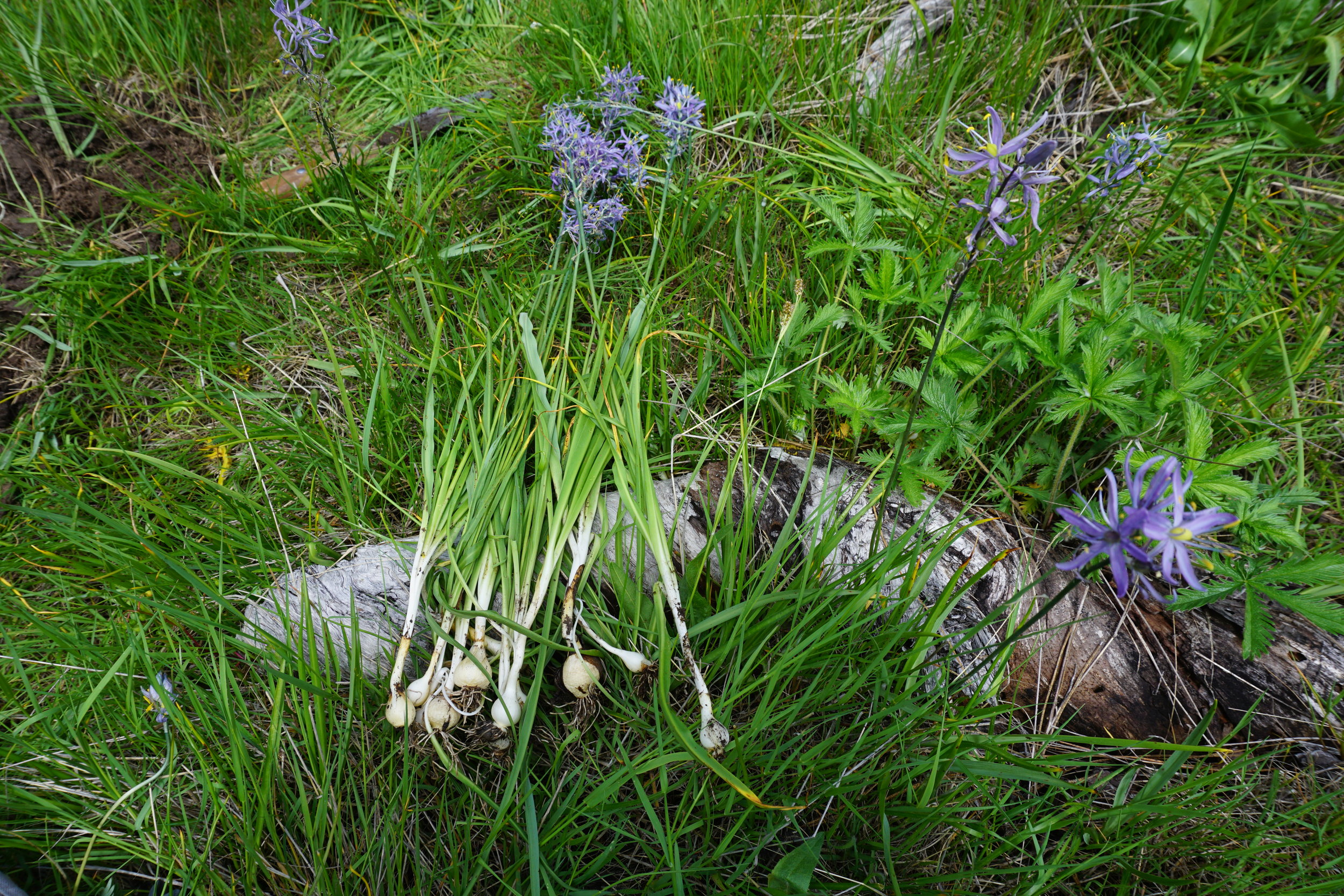Native Plant Tending
Elderberry trees at Vesper Meadow are well-established but also show signs of severe impact from past cattle grazing. We are beginning elderberry cultivation in 2019.
There is a world-wide movement to bring our industrialized food system back to a more natural state. Whether conceptualized through terms like “agroecology,” “beyond-organic,” “permaculture,” or “biodynamic,” people today are looking toward ancient wisdom to guide us through current issues of food scarcity, species extinction, and drought.
We are demonstrating “native plant tending,” in which humans are participants within the framework of a natural ecosystem and focus on supporting native plant growth. This concept lies somewhere between “forest farming” and “foraging.”
A few of our primary efforts are to reestablish vigorous growth of elderberry, camas lily, mule’s ear, willow, and other native grasses and forbs (flowering plants).
Through Partnership
Native plant network support from Rogue Native Plant Partnership, Rogue Valley region, Oregon
Cultivation of Vesper Meadow native plant support from local growers
Collaboration with the Siletz Tribe Healthy Traditions Program
The return of cultural fire for First Food tending with the Traditional Ecological Inquiry Program, led by Siletz Tribal Member Joe Scott.
Camas tending ground at Vesper Meadow
Initial Partnership with the Hawthorne Institute
In 2019, a partnership with the Hawthorn Institute established an initial Camas lily monitoring stand situated within Vesper Meadow. This project monitored Camas populations the use of trail cameras and helped to begin thinking about the long-standing relationship to human impact along with contributing to the restoration of the indigenous cultural landscape of southern Oregon.
Camas lily, Camassia quamash, is a staple first food among indigenous peoples throughout the western United States. According to an interview with a local native elder in 1933, the immediate area near Vesper Meadow was know as a “favorite camas meadow” to the native Latgawa people. Native people, specifically women, would spend weeks in the fall tending the meadows and promoting healthy camas growth. The bulb of this lily is a sweet and starchy treat, making it a rich food source and a valuable part of the inextricable land-food-people web of life.
photo courtesy of the Hawthorne Institute.
Indigenous Gardens Network
First Food Management Plan
Camas Mapping
Camas Camp: cultural workshop for Tribal families
Camas bulb digging observation plot


